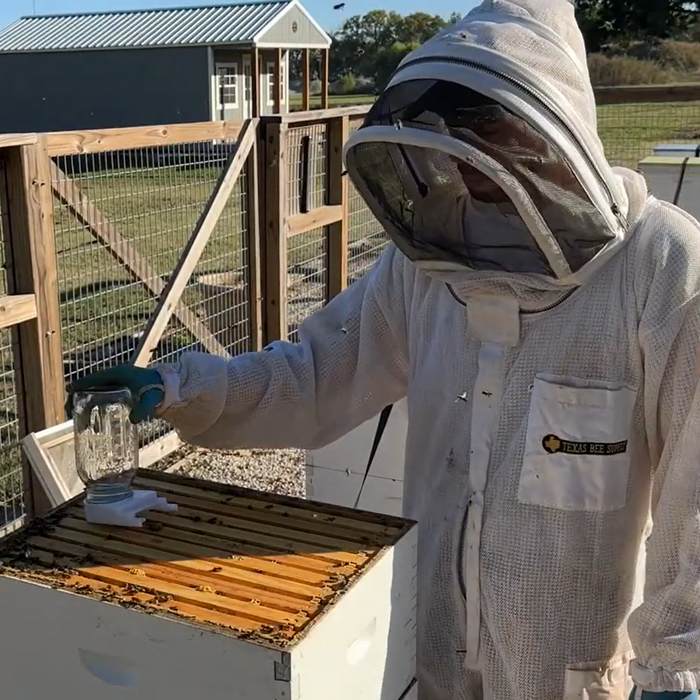
Feeding Bees in Late Fall and Winter
As temperatures drop and bees form tight winter clusters, their ability to access food becomes limited. Learn how to assess hive stores, and the best feeding methods to keep colonies strong until spring.

As temperatures drop and bees form tight winter clusters, their ability to access food becomes limited. Learn how to assess hive stores, and the best feeding methods to keep colonies strong until spring.
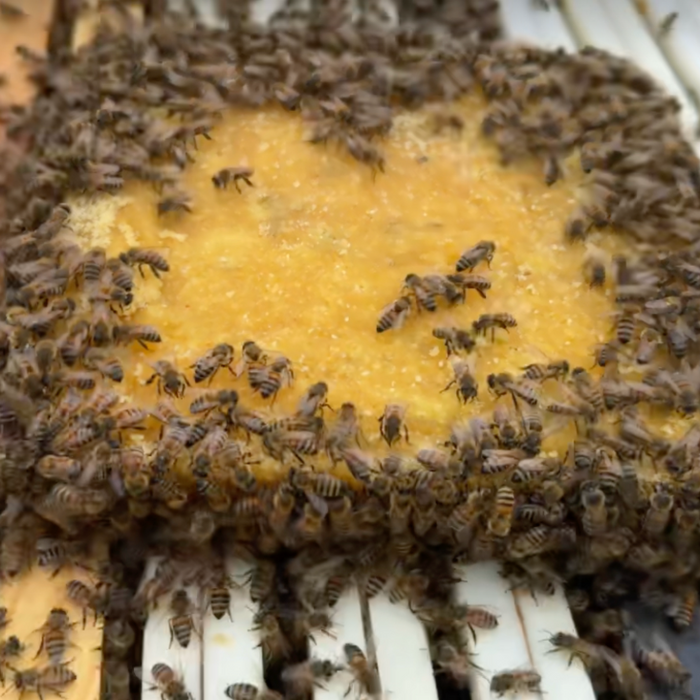
Late Summer = Winter Prep 🐝
Your bees are already storing up—make sure they have what they need: honey, protein, and a strong queen.
Feed early, feed smart. What you do now shapes spring survival.
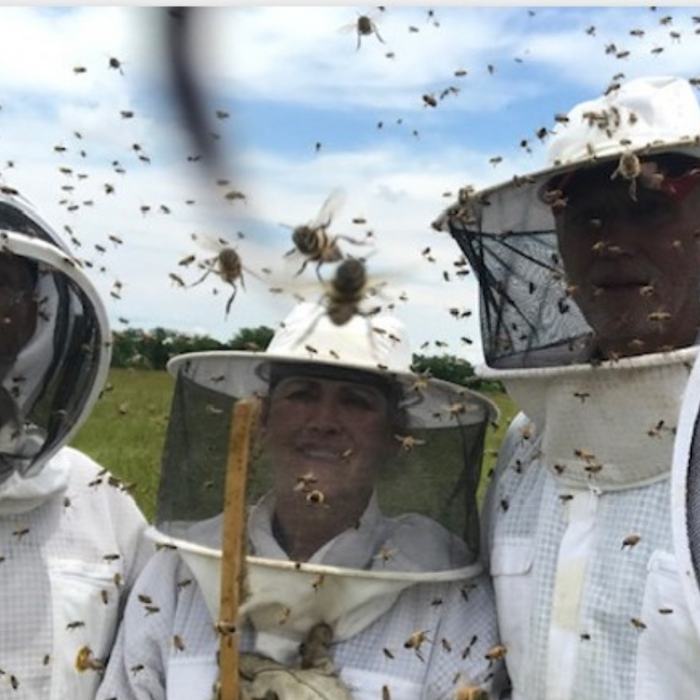
Got a Grumpy Hive? Here’s How to Handle It Before It Handles You
Every beekeeper eventually meets a hive that’s more hostile than helpful. Whether it’s genetics, bad weather, or a missing queen, understanding why your bees are acting out is the first step to calming them down. This article breaks down the common causes of aggressive behavior—and walks you through how to safely split and requeen a hot hive without losing your cool (or your bees). 🐝💥
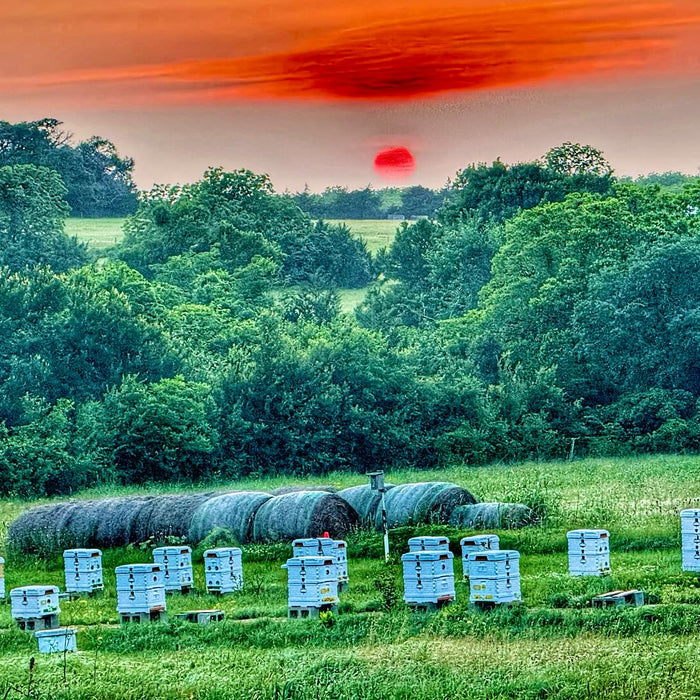
It might be blazing hot outside, but your bees are already thinking ahead to winter. What you do in the next few weeks will make a big difference in how well they make it through. In this article, we cover several key areas beekeepers need to watch closely during this critical time of year.
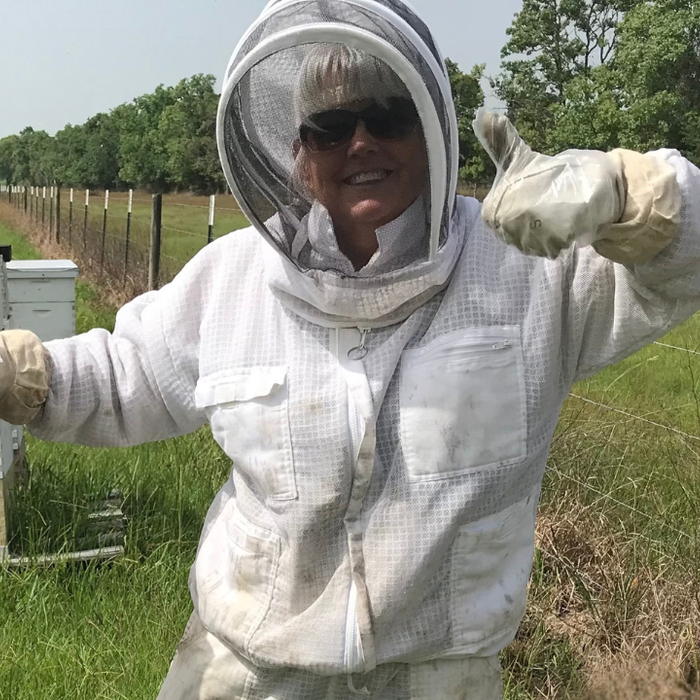
The Honey’s Off—Now What?
Harvest season’s done, but hive care isn’t! Late summer is crunch time for checking mites, feeding light hives, and assessing your queen. Take action now to keep your bees healthy and ready for winter. 🐝💪
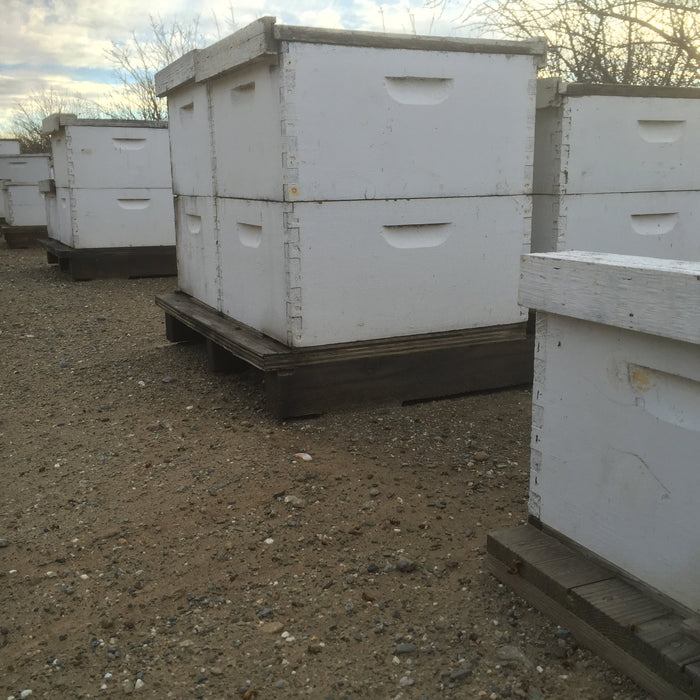
A hot topic in the beekeeping industry—widely discussed on YouTube, social media, and other media outlets—is the massive bee losses commercial beekeepers are experiencing. It's being referred to as the "Bee Collapse." But is it really that bad? ...